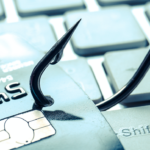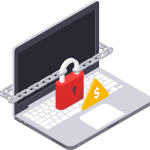by Erik Larkin
Note: This is the first of five parts. For the next part, click on the link at the bottom.
Still think that today’s computer viruses and other malware come from some maladjusted teen out to vandalize your PC to make a name for himself? Think again. The persistent myth is a holdover from days long gone, and it’s important to dispel it if you want to know what you’re up against – and how to protect yourself.
The splashy worms and malicious viruses that clogged entire networks and indiscriminately wiped hard drives are essentially gone. Today, it’s all about cash – and lots of it. If there’s a way to use evil software to make money, whether it means taking over a PC to send pharmacy-advertising spam, or stealing financial logins and credit card info, or even hacking game accounts, it’s out there in some form.
There’s even a thriving online black market that sells everything from software kits to roll-your-own malware to spam services using infected PCs to reams and reams of credit card data stolen by keylogger malware.
It’s most important to get rid of this myth in order to get rid of the idea that you can usually tell whether you’re infected by obvious signs like big pop-ups or suddenly missing files. Malware writers today work to keep infections as quiet as possible for as long as possible so that they can continue to make money.
But it’s also important to keep in mind that today’s online crooks have become very creative in figuring out how to make money with their malware. Stolen Webmail accounts have been used to send messages to the account’s contact list asking for money transfers. Popular online games such as World of Warcraft are a huge target, with thieves raiding hacked accounts to sell the items or in-game currency for real money. So don’t assume that there’s no risk using an untrusted PC as long as you don’t log onto your bank.
Now that we’ve banished the first myth, the 2nd myth will follow shortly…









